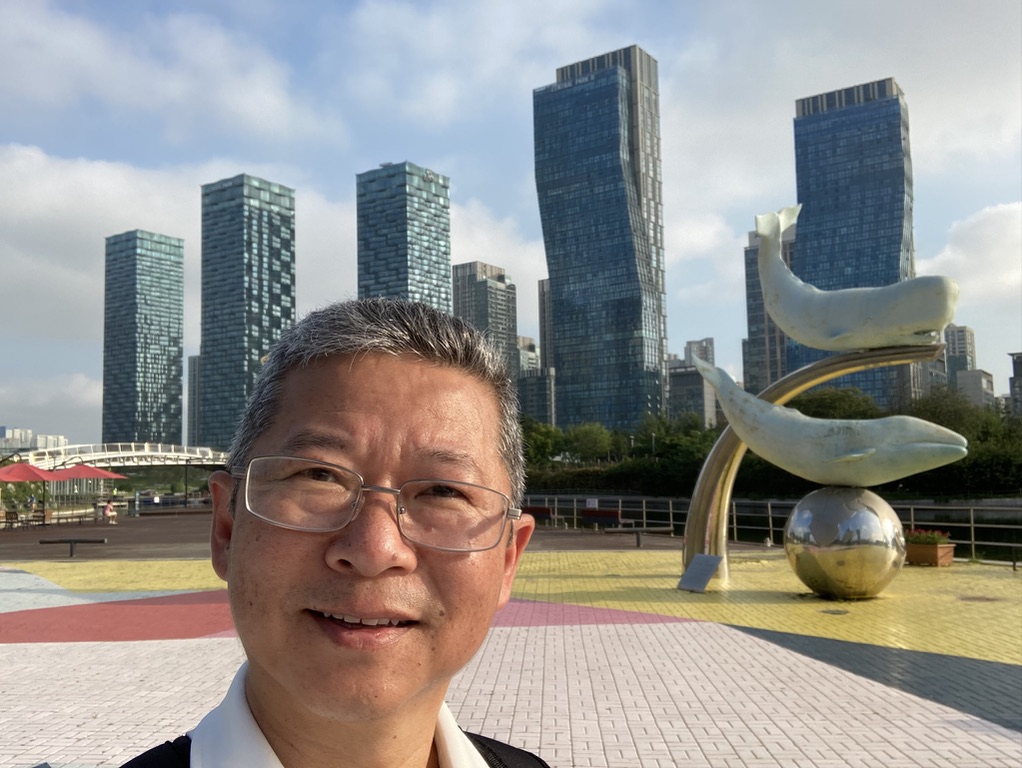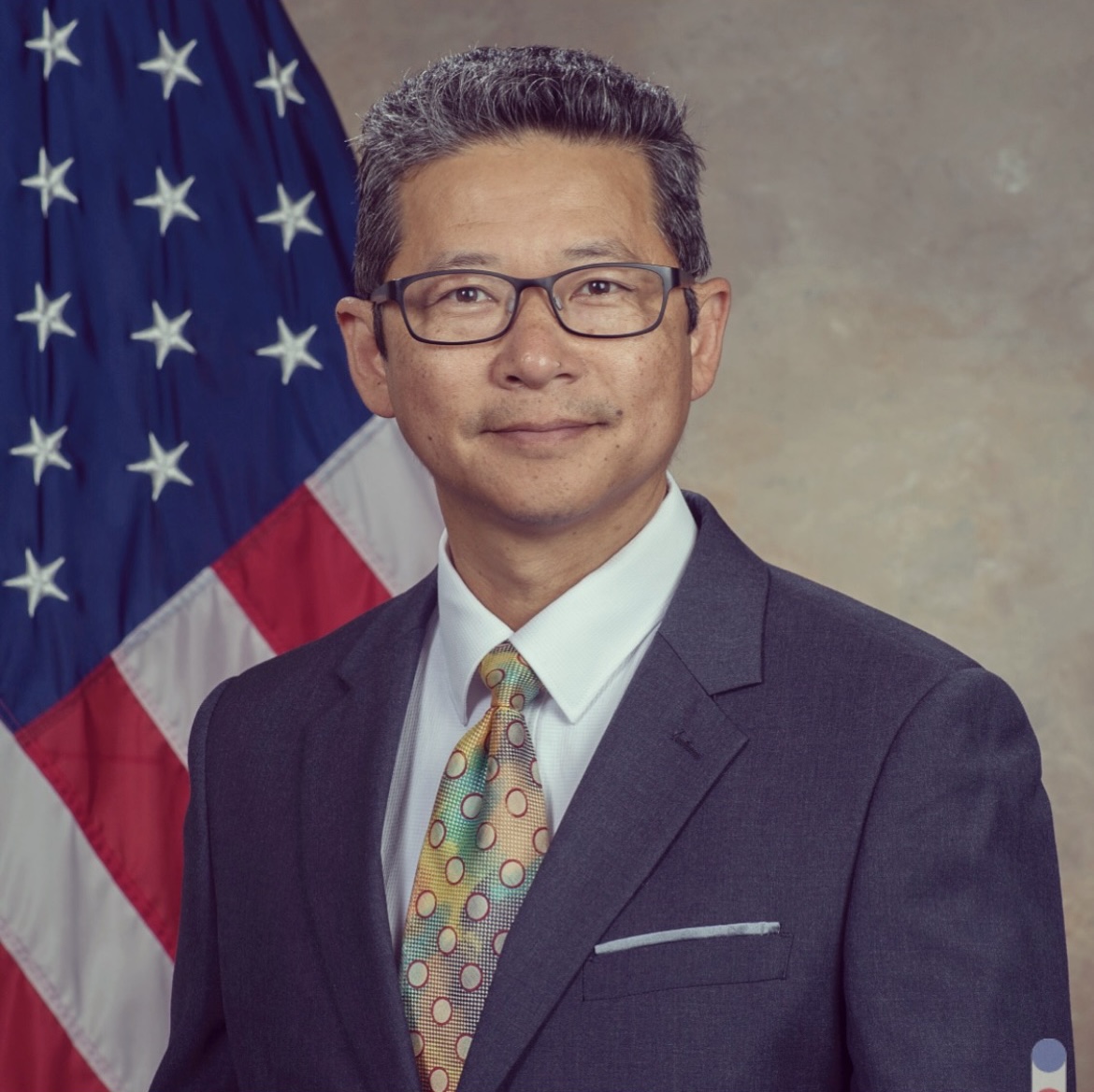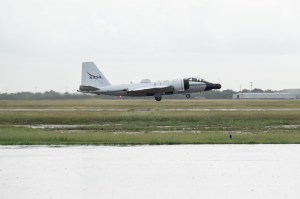By Celine Smith
“As the seedlings were placed in the water, I felt a moment of déjà vu,” said NASA scientist Tony Kim. “I was taken back to when I was a child playing in similar fields in South Korea. It felt like I was meant to be there bringing space to village with satellite data.”
As he looked at rice fields while visiting Bhutan in September 2023, Kim savored the chance to do something meaningful across Southeast Asia and also in his native country. Having seen his childhood home turn from rice fields to a city, Kim knows the importance of sustainably using the land.
In Bhutan, Kim and research partners are identifying rice paddies, estimating crop production, predicting shortages, and gauging the health of each harvest. He represents NASA as an international project manager for SERVIR, a partnership between NASA and USAID (U.S. Agency for International Development). It is a flagship program for Earth Action in NASA’s Earth Sciences Division, created in 2005 and rooted at NASA’s Marshall Space Flight Center in Huntsville, Alabama.
SERVIR – which means “to serve” in Spanish – aids more than 50 nations in Asia, Africa, and Latin America in their efforts to address issues like food and water security, droughts, and the negative effects of climate change. SERVIR assists regional, national, and local institutions by using NASA satellite data, models, and products to manage resources sustainably.
NASA and USAID launched its SERVIR Mekong hub in 2015 at the ADPC (Asian Disaster Preparedness Center) in Bangkok, Thailand. The hub has been renamed SERVIR Southeast Asia as of this year. Other SERVIR hubs are in the Himalayas, West Africa, and the Amazon.
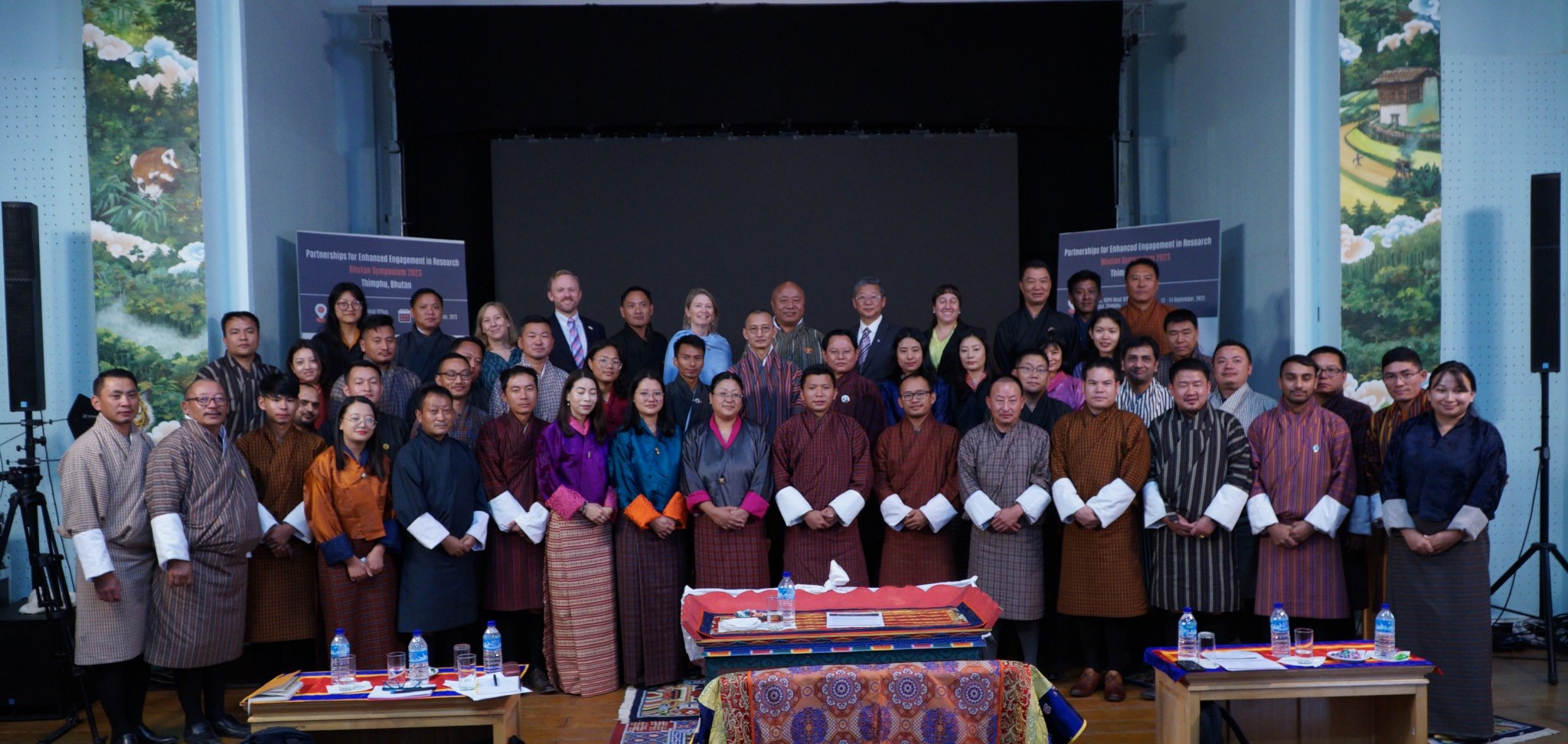
In addition to Bhutan, Kim also traveled back home to Seoul, South Korea – nearly 20 years since his last visit – to represent SERVIR Southeast Asia. “When I went back to Korea, I felt like a kid going back in time,” Kim said.
The USAID RDMA (Regional Development Mission for Asia), which funds SERVIR Southeast Asia requested Kim’s presence for a meeting with Korean leaders. He discussed the value of NASA satellite data for environmental decision-making with the Korean Ministry of Environment and USAID RDMA, as well as opportunities for collaboration to solve water issues in the Indo-Pacific region and natural resource management in the Lower Mekong sub-region.
“Korea recovered from war in the 1950’s and developed very quickly as a powerhouse for technology products. Now Korea is helping other developing countries in Asia,” Kim said. “I am so proud of my home country and my adopted country (through NASA) helping people around the world to use satellite data in productive ways.”
Kim was eight years old in 1974 when his family moved from the southern edge of Seoul to the suburbs of Chicago. “Our parents immigrated to the United States to give us the opportunity to better ourselves through education,” he said. After high school, he went to the University of Illinois, where he pursued a degree in aeronautical and astronautical engineering. After graduation, he joined Marshall as a propulsion engineer, testing cryogenic fluid management techniques for advanced rocket propulsion systems.
From there, Kim’s 33-year NASA journey led him through a variety of roles. He served in 1992 as an operations controller for two Spacelab missions. In 1996, he led an operation team for the International Space Station Furnace Facility. From 1998-2001, he was a payload operations manager for space station science payloads.
Marshall selected Kim to study at Auburn University in 1997, where he earned his master’s degree in material science. Afterwards, Kim attended the International Space University. Then, he led the ALTUS Cumulus Electrification Study, where an uninhabited aerial vehicle was used to study lightning during a thunderstorm.
Kim was selected in 2003 for the NASA Administrator’s Fellowship Program to teach a design engineering course at Texas A&M in Kingsville for one year. He spent the next year at NASA Headquarters in Washington. Kim returned to Marshall as a deep throttling rocket engine technology manager and then deputy manager for advanced nuclear thermal propulsion technology development.
In 2016, Kim served as deputy program manager for Centennial Challenges, NASA’s premier, large-prize program. Kim worked with Bradley University and Caterpillar in Peoria, Illinois, to conduct NASA’s 3D-printed Habitat Challenge.
“SERVIR was the only organization that could have taken me away from Centennial Challenges,” Kim said.
I enjoyed working on technology to help people in the future, but there was a more immediate calling for me to help people right now here on Earth with satellite data
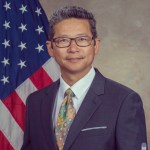
Tony kim
NASA Scientist
Kim and his wife, Sonya, live in Huntsville and have three grown children. He said the lessons his parents imparted remain as true today as when he was a small child.
“They taught us to work hard, keep your commitments, and care about what you do and the people you do it with,” he said. “If you do those things, you’ll find success.”
Jonathan Deal
Jonathan Deal
NASA’s Marshall Space Flight Center
jonathan.e.deal@nasa.gov
256-544-0034

























